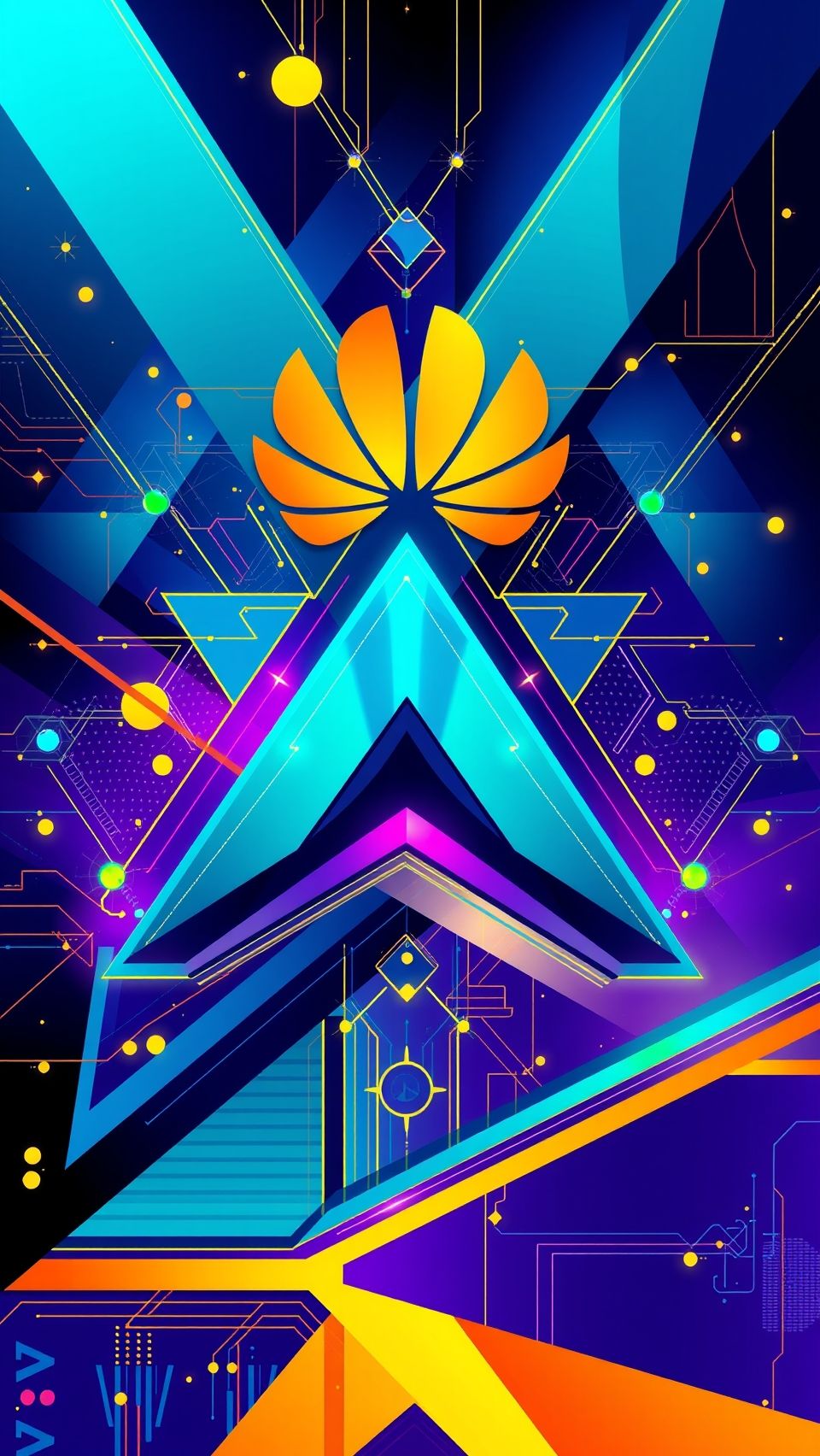24. June 2025
Huawei Launches Ai-Driven Harmonyos 6 Beta

The latest phase of the mobile OS wars is being waged with artificial intelligence. Huawei’s latest salvo comes in the form of HarmonyOS 6, where AI agents aren’t features but the architecture driving user interactions. The beta release to developers signals a broader industry shift where operating systems transform from passive platforms into intelligent intermediaries that anticipate, learn, and act on behalf of users.
The centrepiece of HarmonyOS 6 lies in its AI agents framework, which lets developers create automated programs without the complexity of building or training foundation models from scratch. This makes it easier for companies to integrate AI capabilities directly into their operating systems, rather than relying on third-party services. The integration of AI agents into the operating system develops an industry trend where operating systems become platforms for artificial intelligence deployment rather than application launchers.
HarmonyOS 6 is supported by ecosystem metrics that show steady progress. The platform has eight million registered developers and hosts more than 30,000 applications and “atomic services” – lightweight programs that run without installation. HarmonyOS 5 operates on more than 40 device models, indicating a growing hardware adoption base.
The company acknowledges the competitive landscape, stating that HarmonyOS still lags behind Apple’s iOS and Google’s Android in terms of global reach and application support. However, Huawei notes that the top 5,000 apps accounted for 99.9 per cent of consumer time spent on Huawei devices, suggesting that the company prioritises essential applications over total app quantity.
This pragmatic approach reflects Huawei’s understanding that ecosystem success depends on quality and user engagement rather than purely numerical metrics. The focus on core applications that drive user behavior indicates a mature strategy to compete with established platforms.
Huawei has also introduced Pangu 5.5, the latest in the family of AI models designed for enterprise and industrial uses. The natural language processing model contains 718 billion parameters, while the computer vision model features 15 billion parameters – specifications that position these models competitively in the current AI landscape.
The company is targeting five specialised sectors: medicine, finance, governance, manufacturing, and automotive. This focus on industry-specific applications suggests Huawei is using AI development to strengthen its enterprise relationships while consumer market access remains constrained by geopolitical factors.
The integration of Pangu 5.5 with HarmonyOS 6 creates a vertically integrated stack where Huawei controls both the AI infrastructure and the operating system deployment, potentially offering advantages in optimisation and performance.
According to consultancy Canalys, Huawei has shipped more than 103 million smartphones and 21 million tablets running HarmonyOS, with nearly half delivered in 2024. The acceleration indicates growing internal adoption and suggests the platform is gaining momentum in China’s domestic market.
Huawei’s broader transformation from a hardware-focused company to a software and services provider is driven by US Entity List restrictions since 2019, which have forced innovative approaches to technology development and market positioning. The evolution of HarmonyOS 6 reflects this shift towards a more comprehensive platform that integrates AI capabilities seamlessly into the operating system.
The development of Pangu 5.5 further underscores Huawei’s commitment to enterprise and industrial applications, highlighting the company’s focus on strengthening its relationships with key stakeholders. As the company continues to refine and expand its platform, it remains to be seen how HarmonyOS 6 will fare in the increasingly competitive market landscape.
In addition, Huawei has expanded HarmonyOS beyond mobile devices, launching two laptops with the operating system last month. This multi-device strategy aims to create a unified software experience similar to Apple’s ecosystem approach, though execution in diverse hardware categories presents significant technical challenges.
The company is targeting five specialised sectors: medicine, finance, governance, manufacturing, and automotive. This focus on industry-specific applications suggests Huawei is using AI development to strengthen its enterprise relationships while consumer market access remains constrained by geopolitical factors.
Huawei has shipped more than 103 million smartphones and 21 million tablets running HarmonyOS, with nearly half delivered in 2024. The acceleration indicates growing internal adoption and suggests the platform is gaining momentum in China’s domestic market.
The company’s transformation into a software and services provider is driven by US Entity List restrictions since 2019, which have forced innovative approaches to technology development and market positioning. The evolution of HarmonyOS 6 reflects this shift towards a more comprehensive platform that integrates AI capabilities seamlessly into the operating system.
Huawei’s broader strategy for HarmonyOS 6 is focused on delivering high-quality applications and services to users, while also strengthening its relationships with key stakeholders in the enterprise sector.